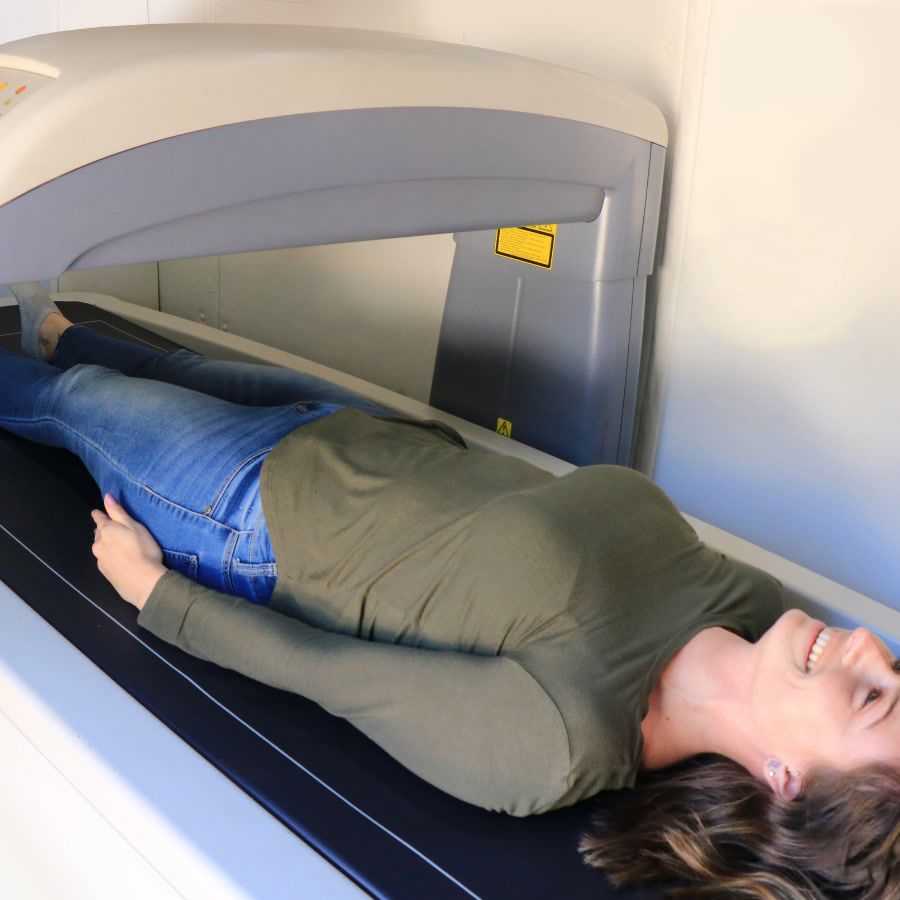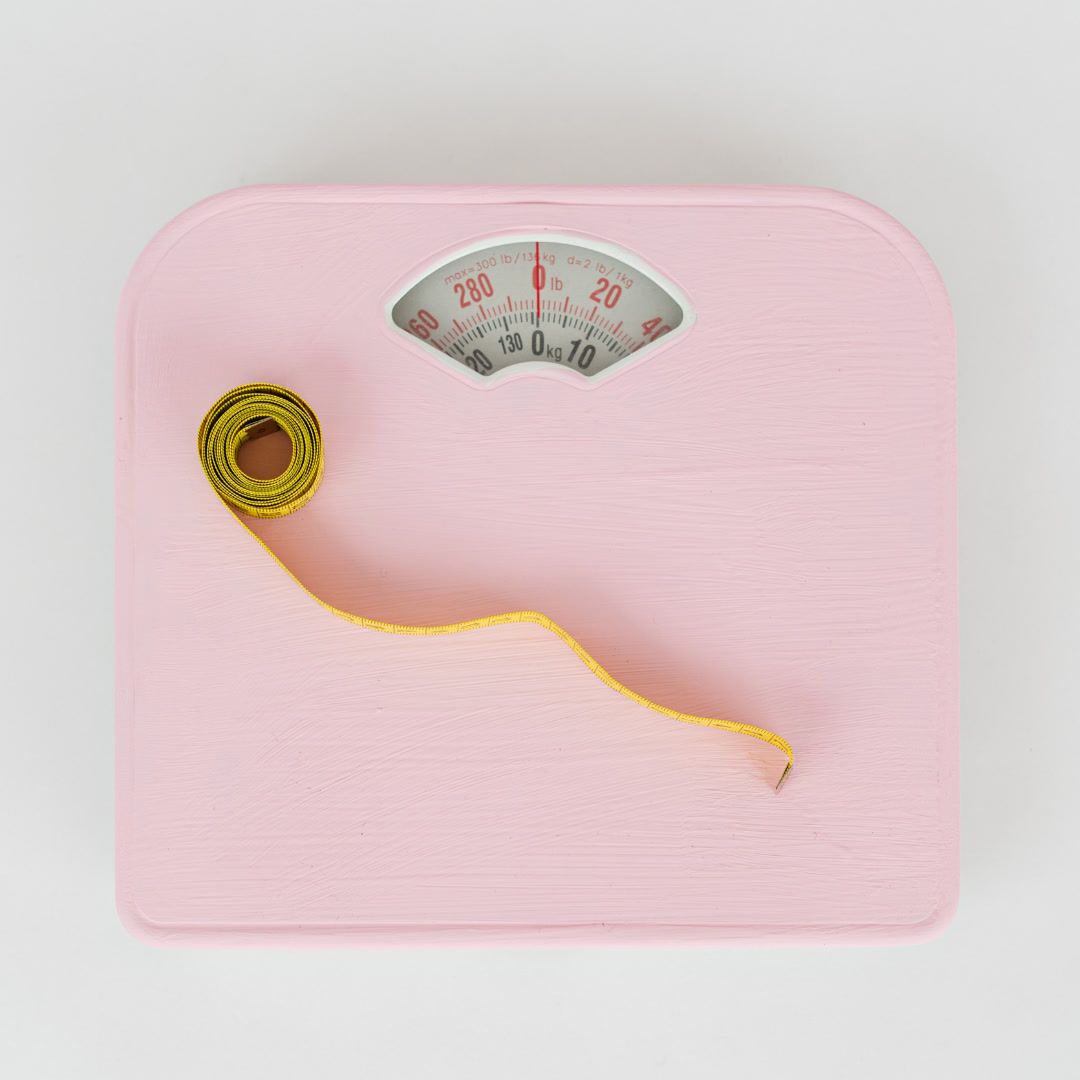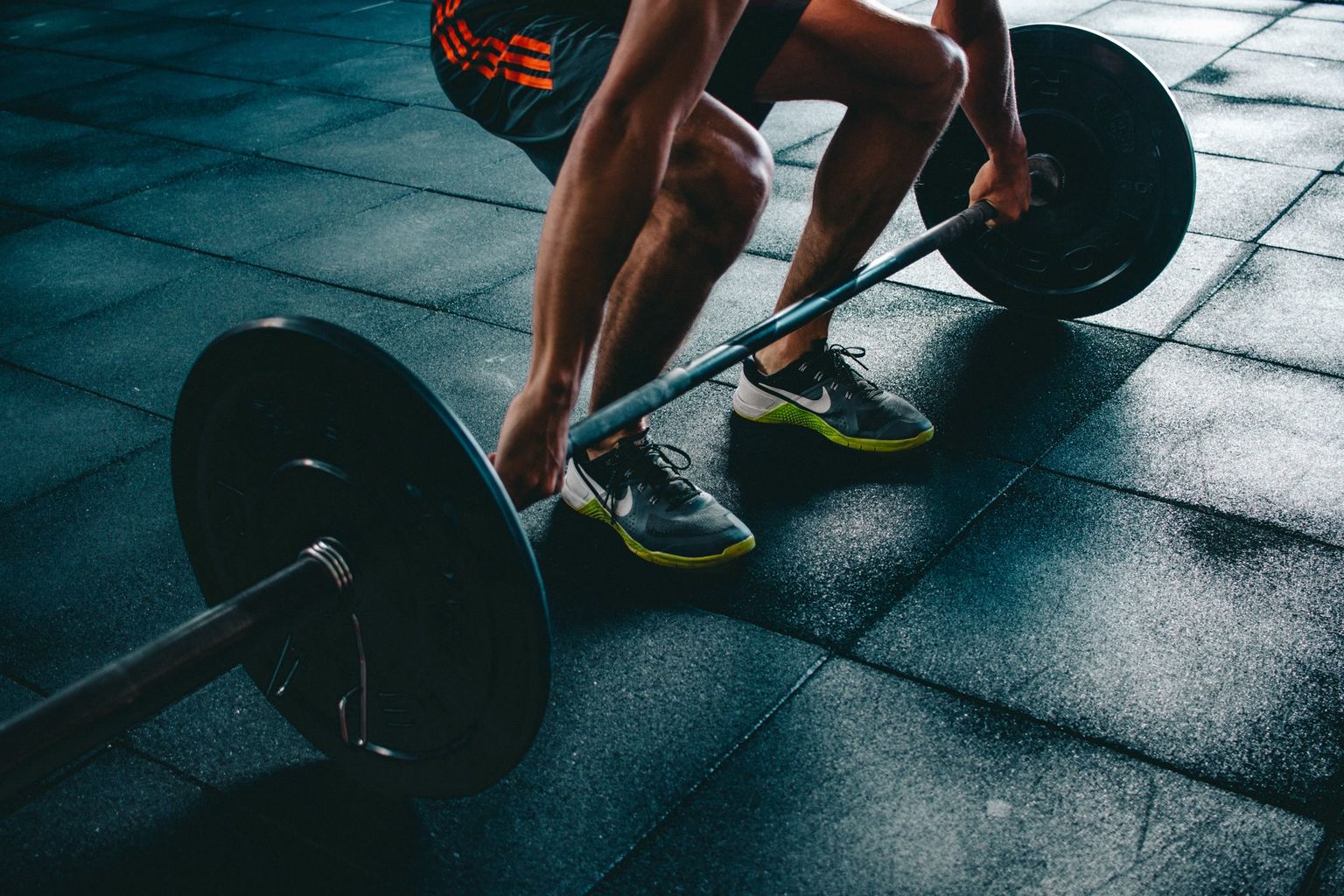Ankle Strengthening Exercises: Step-by-Step Guide
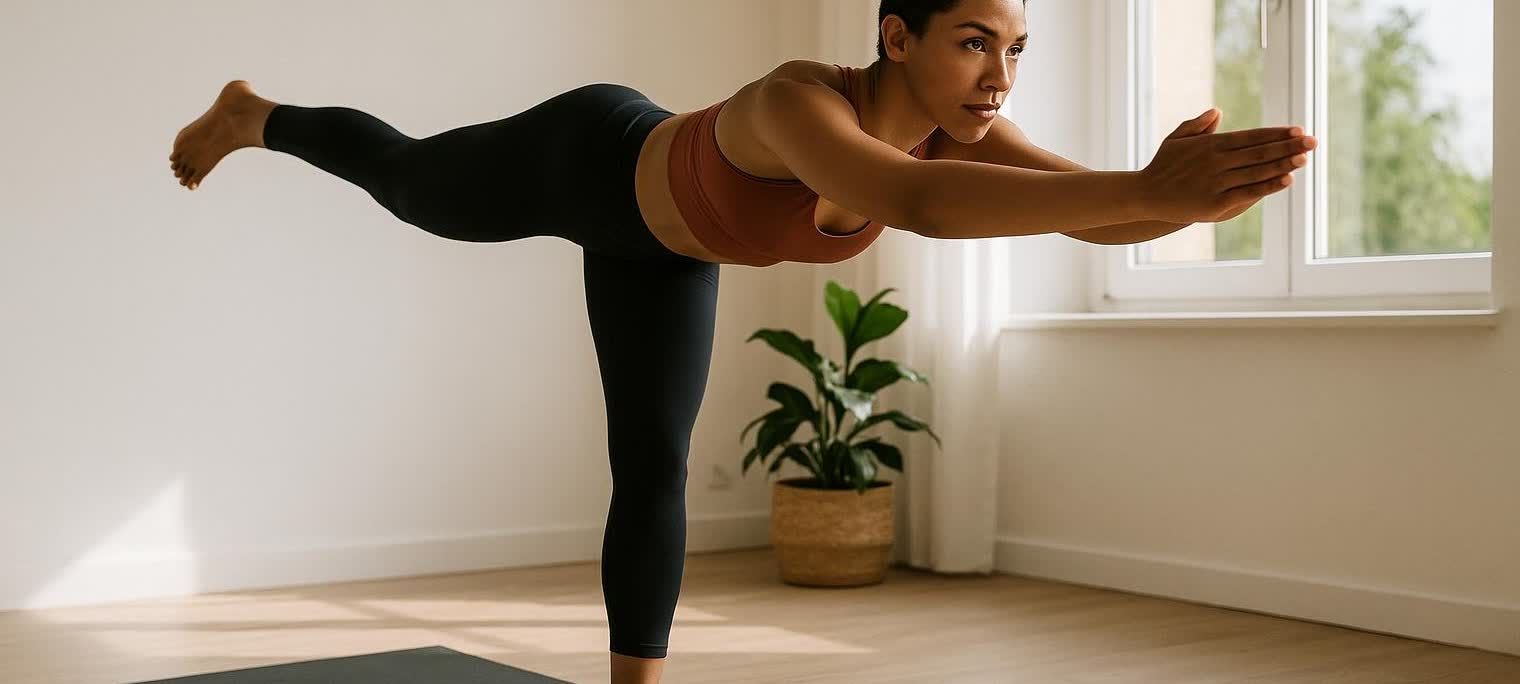
Ankle Strengthening Exercises: Step-by-Step Guide
Rolled an ankle stepping off a curb, landing a jump, or just walking the dog? You’re not alone—an estimated 25,000 ankle sprains happen in the U.S. every day (Cleveland Clinic). Research indicates that a single sprain can raise your risk of future sprains by 40–70% (Physio-Pedia). Rebuilding strength and stability is crucial for recovery.
Whether you’re rehabbing an injury or chasing a new PR, stronger ankles start here.
Medical disclaimer: This content is for educational purposes only and is not a substitute for professional medical advice. Consult a qualified healthcare provider before starting any new exercise program—especially after an injury or surgery.
Understanding Ankle Anatomy and Injury
Your ankle is a hinge-pivot hybrid: the talocrural joint lets you flex up (dorsiflex) and point down (plantarflex), while the subtalar joint handles side-to-side motion (inversion/eversion). Four muscle groups do most of the work:
- Dorsiflexors (tibialis anterior)
- Plantar flexors (gastrocnemius, soleus)
- Invertors (tibialis posterior)
- Evertors (peroneals)
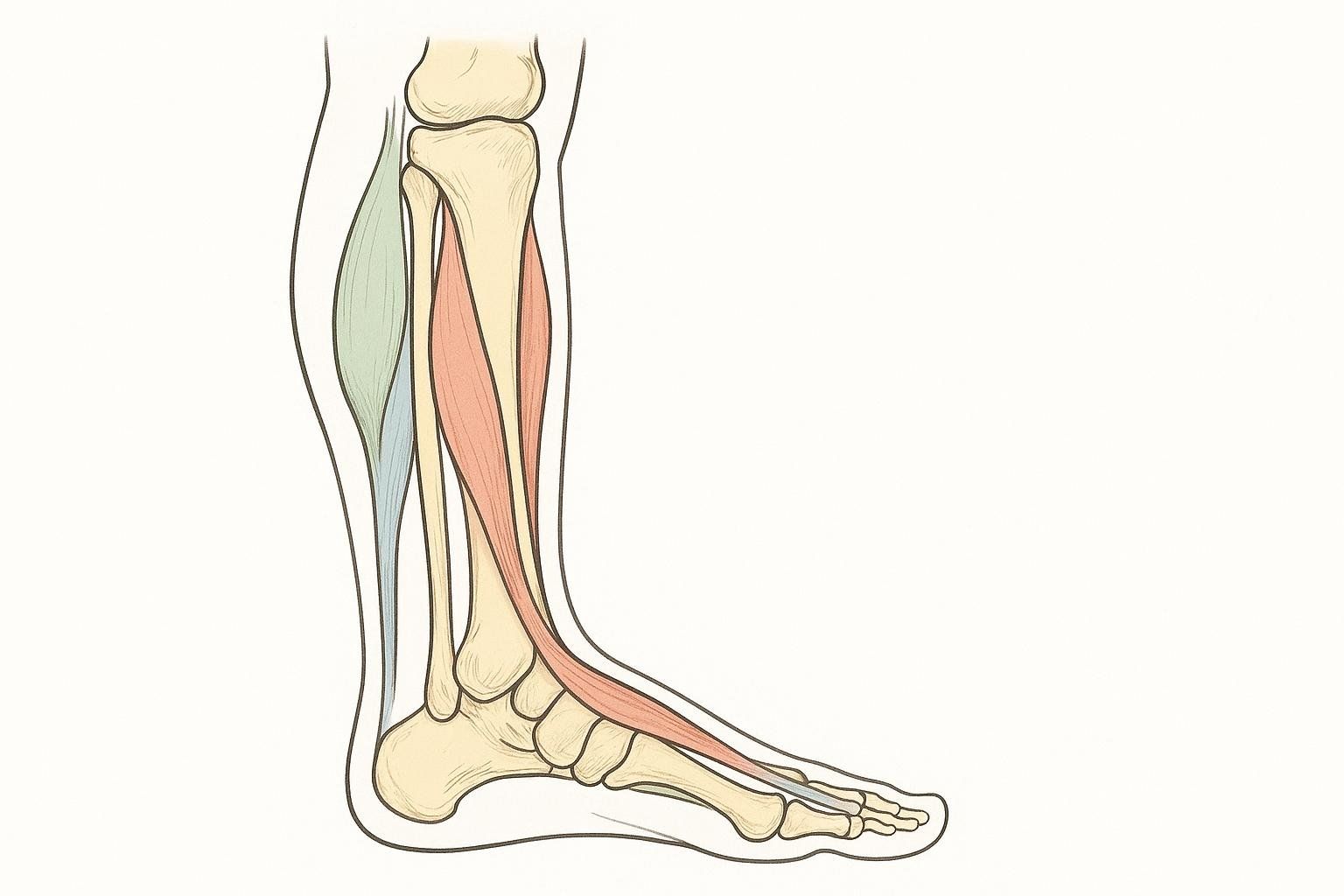
Sprains usually overstretch the lateral ligaments, leaving muscles—and your balance system—scrambling to compensate. Targeted strength plus proprioception work can reduce re-injury risk by up to 60% (Verywell Health).
The BodySpec 3-Stage Ankle Strengthening Framework
Most rehab protocols move from non-weight-bearing → partial → full weight-bearing → dynamic work. We streamline that into three practical stages. Perform the routine three to four days per week, advancing when you can complete every rep pain-free.
Equipment check: A light resistance band, chair, rolled towel, and optional balance pad are plenty.
Stage 1: Mobility & Isometrics (Week 1–2)
| Exercise | Sets | Reps / Time | Key Tips |
|---|---|---|---|
| Ankle Alphabet | 1 | A–Z each foot | Keep the movement in the ankle only |
| Isometric Eversion | 3 | 10-sec holds | Press outer foot into an immovable object |
| Isometric Inversion | 3 | 10-sec holds | Press inner foot inward against a wall or sturdy furniture leg |
| Seated Dorsiflexion Stretch | 2 | 30-sec holds | Straight knee, toes toward nose |
| Seated Plantarflexion Stretch | 2 | 30-sec holds | Point toes forward |
Stage 2: Resistance Band Strength (Week 2–4)
| Exercise | Sets | Reps | Key Tips |
|---|---|---|---|
| Band Dorsiflexion | 3 | 15 | Secure band; control up & down phases |
| Band Plantarflexion | 3 | 15 | Keep knee straight; slow return |
| Band Inversion | 3 | 15 | Anchor band across body; move only ankle |
| Band Eversion | 3 | 15 | Anchor band to opposite side; avoid hip movement |
| Seated Calf Raise | 3 | 12 | Pause 1 s at top before lowering |
Progression cue: Move to a heavier band or slow the tempo (three-second eccentric) when 15 reps feel easy.
Stage 3: Balance & Plyometric Prep (Week 4–6+)
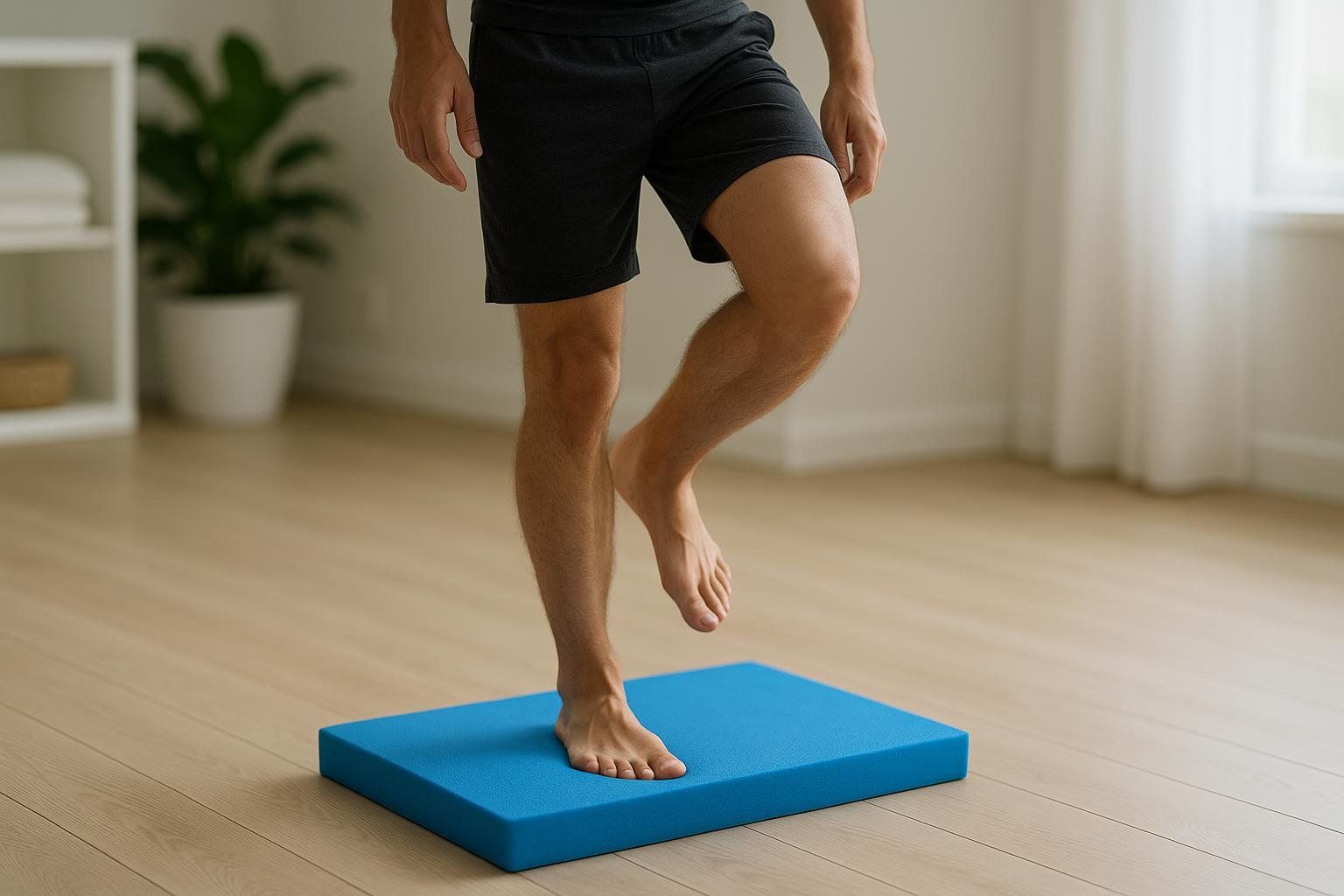
| Exercise | Sets | Time / Reps | Upgrade Option |
|---|---|---|---|
| Single-Leg Stance | 3 | 30 sec each | Close eyes or stand on cushion |
| Star Reach (Y-balance) | 3 | 5 reaches in 3 directions | Add light dumbbell reach |
| Standing Calf Raise | 3 | 15 | Progress to single-leg |
| Lateral Line Hop | 3 | 12 each way | Increase speed/height |
Persona-Specific Mini Routines
1. Recreational Runners
- Stage 2 Resistance-Band Routine: 3 sessions per week post-run.
- Standing Calf Raises: 3 sets × 20 reps, every other day.
- Forward Single-Leg Stance Reaches: 2 sets × 10 reps per leg with opposite-arm reach.
2. Adults Focused on Fall Prevention

- Ankle Alphabet: 1 set daily while seated.
- Seated Calf Raises: 3 sets × 15 reps with light weights.
- Tandem Hallway Walk: Walk heel-to-toe down the hallway, then return; repeat twice.
- Supported Single-Leg Stance: 3 holds × 20 seconds with countertop support.
- Additional Balance Work: Explore exercises for improving balance.
3. Teen Athletes on Tight Schedules
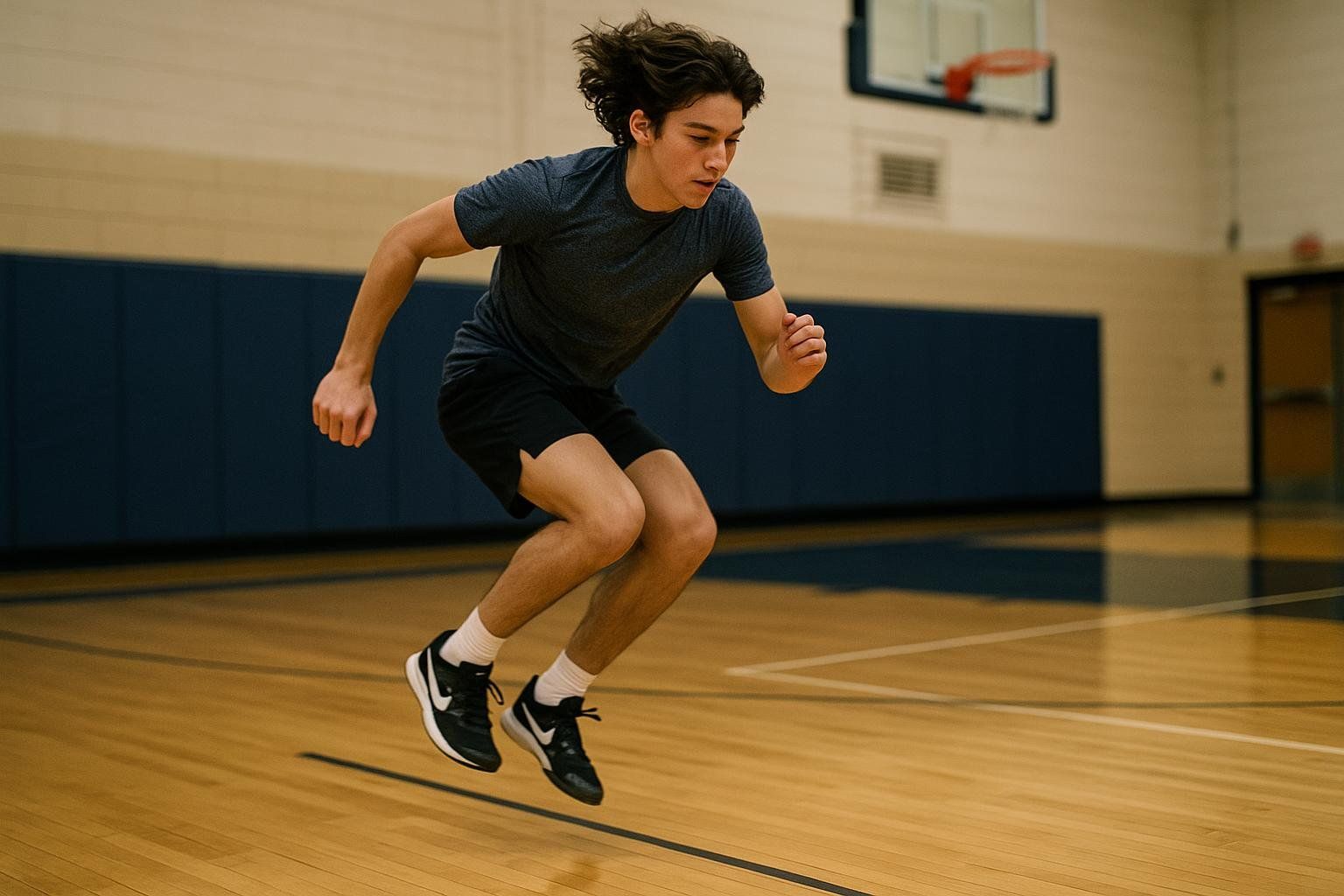
- Mini-Band Dorsiflexion: 2 sets × 12 reps per foot.
- Lateral Line Hops: 2 sets × 20 reps.
- Eyes-Closed Single-Leg Stance: 2 holds × 15 seconds per leg.
- Star Reach Drill: 2 rounds; pair with this knee-strengthening routine.
How to Objectively Track Your Progress
Subjective feelings of getting stronger are motivating, but hard numbers keep you honest. A BodySpec DEXA scan provides leg-by-leg lean-mass data, helping identify residual imbalances that basic functional tests might miss. Because DEXA measures soft-tissue changes down to just a few grams, it can flag subtle muscle atrophy or asymmetries early—offering objective data to discuss with your physical therapist, helping you validate that your rehab plan is working.
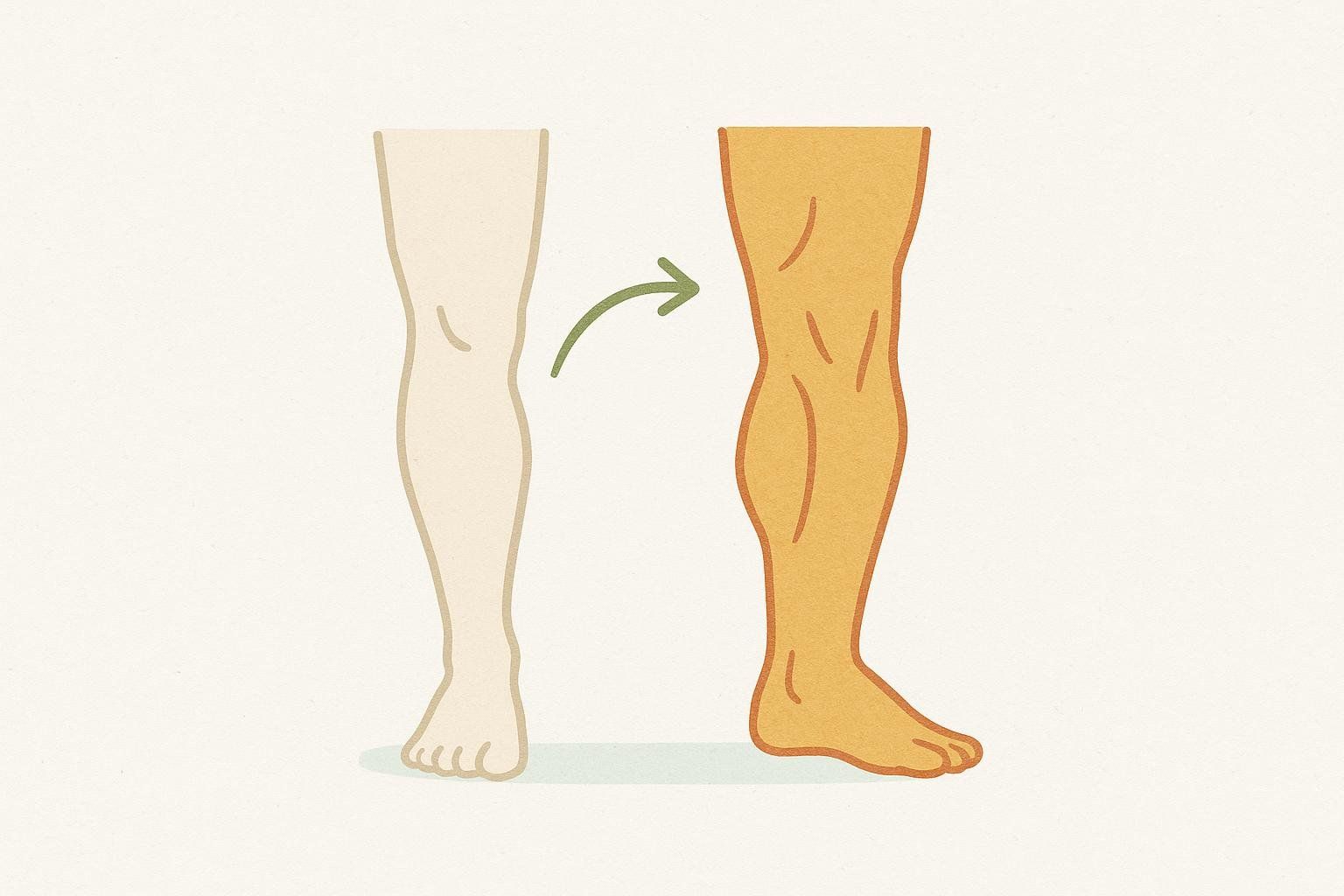
Schedule a DEXA scan through your BodySpec dashboard to see how your progress stacks up.
Frequently Asked Questions
How long does it take to strengthen weak ankles?
Most people see noticeable stability gains in 6–8 weeks with consistent practice, though severe sprains may require 12+ weeks and formal physical therapy, as outlined in the UCSF Sports Rehab protocol.
Do I need special equipment?
A resistance band and a stable surface are sufficient for the majority of these exercises. Balance boards or wobble cushions can add challenge later but are optional.
Can ankle exercises reduce knee or hip pain?
Yes. Restoring proper ankle mechanics improves whole-chain alignment, which can decrease stress on the knees and hips.
Should I do these every day?
Light mobility drills are fine daily; strength and balance moves need 48 hours between sessions for tissue recovery.
Key Takeaways
- Ankle injuries are common but preventable with a structured progression.
- Start with mobility and isometrics, advance to resistance training, then integrate balance and plyometrics.
- Choose a mini-routine that matches your lifestyle—running, fall prevention, or athletic performance.
- Verify progress objectively with periodic BodySpec DEXA scans.
- Consistency beats complexity: 10–15 focused minutes, three times a week, can build resilient ankles.
Ready to level up? Bookmark this guide, grab a band, and give your ankles the support they deserve.
